SUMMARY
This is AI generated summarization, which may have errors. For context, always refer to the full article.
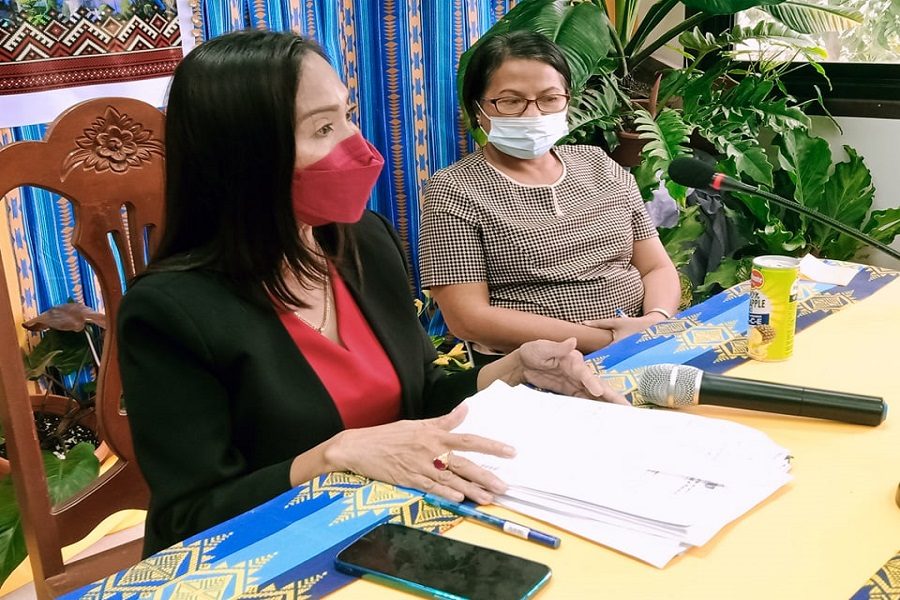
Department of Education (DepEd) officials in Zamboanga Sibugay expressed alarm after they found out that over a dozen second graders in the province could not identify letters in the alphabet.
This discovery raised concern that the blended learning method resorted to by the DepEd to adapt to the COVID-19 pandemic has adversely affected grade school students and the learning processes in the province’s public schools.
Evelyn Importante, Zamboanga Sibugay schools division curriculum implementation head, said it started with one teacher reporting that one of her pupils could not read a letter.
The pupil was in first grade when the global pandemic broke out last year, a situation that prompted the government to do away with school gatherings and resort to online, radio, TV, and other distance-learning methods that don’t require classroom settings.
The teacher’s report prompted the DepEd to order a province-wide reading readiness test among students in lower grades to evaluate and find out if other pupils were still unable to read.
The result: there were more.
Importante said in another class, only one of 15 pupils, all second graders, can read letters.
She blamed the problem on the slow learning process during the pandemic and the present education environment in the province.
“We are now planning the intervention to address this,” Importante told Rappler.
Mirasol Iva Patagoc, a teacher in Zamboanga Sibugay, said it was difficult for teachers to know how each student performs under the present learning environment.
Based on the modular approach, she said, only the parents are allowed to get the materials from the school.
“We try to make a follow through with students via online messaging but they usually don’t answer us,” she said.
Patagoc said most of her students were having difficulty coping with the situation.
Education officials in Zamboanga Sibugay also ramped up the campaign for public school teachers to get their COVID-19 jabs as they prepare for the pilot run of the limited face-to-face classes in four schools in the province.
Schools division superintendent Dr. Jeanelyn Aleman said of the 7,632 teachers in the province, about 28% were still unvaccinated.
Four schools in the province have been included in the 120 schools nationwide in the DepEd’s pilot run of the limited face-to-face classes. Three of these schools are in the town of Siay, and another is in Payao town.
Aleman said she was disappointed because some teachers refused to be inoculated due to conspiracy theories and other misinformation. She said some were also worried about their health conditions and preferred other vaccine brands other than what is available. (READ: 5 vaccine myths debunked)
“We cannot force them because it is voluntary,” she said.
Education Secretary Leonor Briones announced on Monday, September 27, that the department will require all teachers to get vaccinated especially those who would participate in the pilot run of the limited face-to-face classes.
Parents in the concerned schools were relieved to hear the announcement, said Importante.
“The parents are happy because they are already tired of the blended learning method,” Importante said.
Blended learning is the term used to describe an approach in education that utilizes both online and in-person learning in teaching students.
But in reality, many parents end up doing the tasks that should have been performed by the students. – Rappler.com
Antonio Manaytay is a Mindanao-based journalist and an awardee of the Aries Rufo Journalism Fellowship
Add a comment
How does this make you feel?
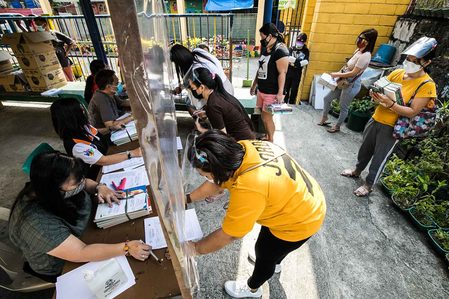


![[Time Trowel] Evolution and the sneakiness of COVID](https://www.rappler.com/tachyon/2024/02/tl-evolution-covid.jpg?resize=257%2C257&crop=455px%2C0px%2C1080px%2C1080px)


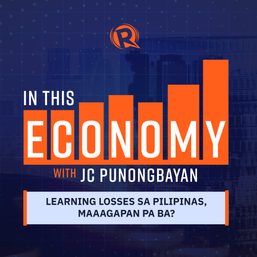
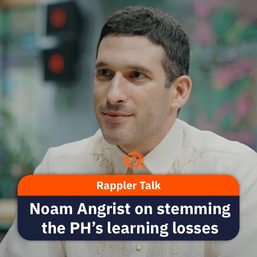
![[EDITORIAL] Ano sana ang takeaway ni Sara Duterte sa firesale ng mga laptops?](https://www.rappler.com/tachyon/2023/05/animated-DEPED-laptop-fiasco-carousel.jpg?resize=257%2C257&crop_strategy=attention)
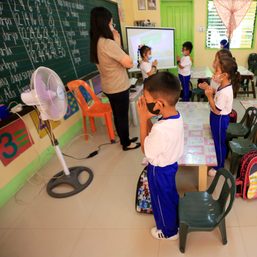
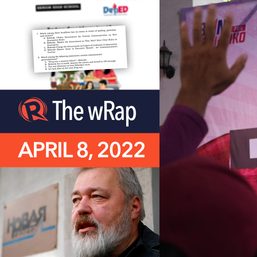

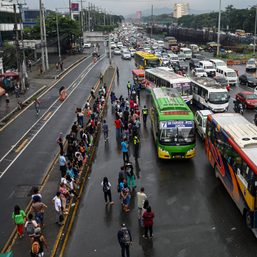
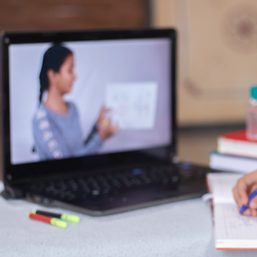
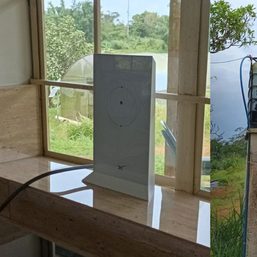
![[New School] Regrets and redemption: Notes of a pandemic-time, graduating college senior](https://www.rappler.com/tachyon/2023/05/regrets-redemptions-notes-may-28-2023.jpg?resize=257%2C257&crop=448px%2C0px%2C1080px%2C1080px)
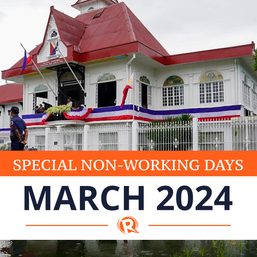
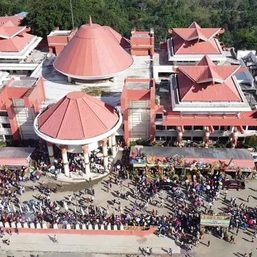
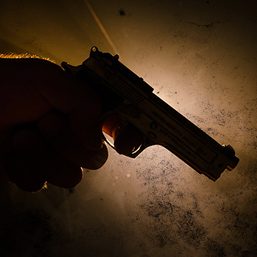
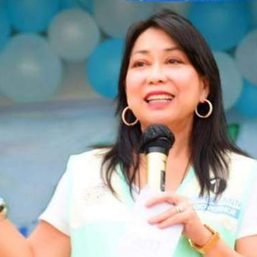
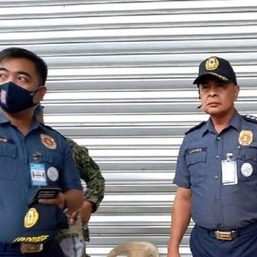
There are no comments yet. Add your comment to start the conversation.